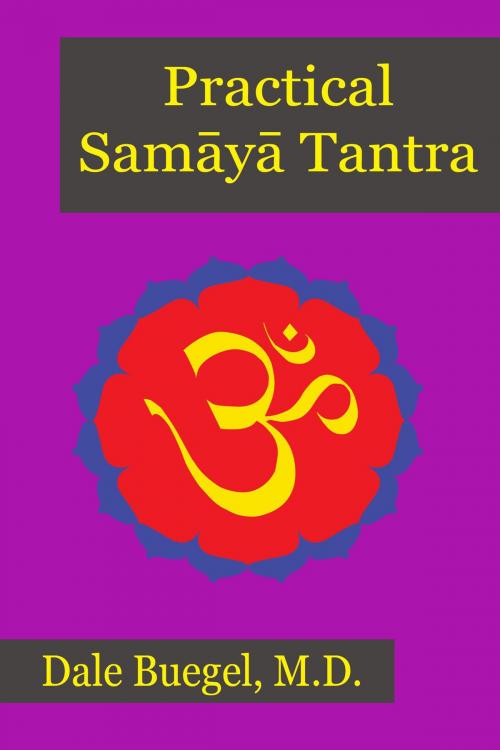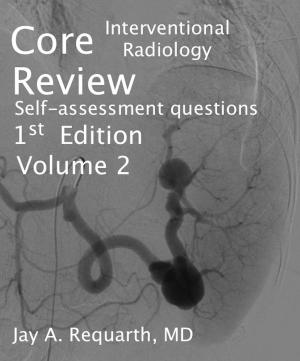| Author: | Dale Buegel | ISBN: | 9781543931730 |
| Publisher: | BookBaby | Publication: | April 23, 2018 |
| Imprint: | BookBaby | Language: | English |
| Author: | Dale Buegel |
| ISBN: | 9781543931730 |
| Publisher: | BookBaby |
| Publication: | April 23, 2018 |
| Imprint: | BookBaby |
| Language: | English |
"Practical Samāyā Tantra" contains more than fifty practices to aid practitioners on their journey of self-exploration. These practices are meant for the experienced practitioner that seeks to understand the fine points of prāṇa and its regulation during āsana, prāṇāyāma, and different states of consciousness. The following is a list of chapters and practices to facilitate that understanding. Following an introduction to the path of samāyā tantra, the book is divided into the following sections: Description and practices help to understand the rhythms and flows of prāṇa, both those that have the breath as a vehicle, as well as those that do not have breath as a vehicle. Building awareness of the subtle flows and rhythms of prāṇa are part of the next section. Practices presented help in developing prāṇa dhāraṇā, the ability to focus directly on the subtleties of prāṇa. The study of prāṇa during certain āsanas is presented. A chapter is devoted to each of the cakras to help practitioners develop an awareness of the various rhythms and flows present within the energetics of each cakra. Use of bīja mantras to tease the gateways of the cakras is presented so that the cakras may then open and impart their teaching. The relationship of prāṇa to saṃskāras is described as well as a method of using prāṇa flows to bring the waves of the mind to stillness. Principles and practices of transmutation and transformation that are key to the path of tantra are presented both to understand the process of self-purification, and also to help understand the nature of the siddhis. The role of advanced prāṇāyāma practices to free restrictions in the central flow of prāṇa is explained. These practices are accompanied by self-applied neuromuscular and somatics techniques to help prepare the structures of the breath for advanced prāṇāyāma practice. Such practices include bhūtaśuddhi, agnisāra, nauli, and kevala kumbhaka (suspension of the need to breathe). To help master states of consciousness, practices of aum kriya, śītalī karaṇa, and yoga nidrā are also presented.
"Practical Samāyā Tantra" contains more than fifty practices to aid practitioners on their journey of self-exploration. These practices are meant for the experienced practitioner that seeks to understand the fine points of prāṇa and its regulation during āsana, prāṇāyāma, and different states of consciousness. The following is a list of chapters and practices to facilitate that understanding. Following an introduction to the path of samāyā tantra, the book is divided into the following sections: Description and practices help to understand the rhythms and flows of prāṇa, both those that have the breath as a vehicle, as well as those that do not have breath as a vehicle. Building awareness of the subtle flows and rhythms of prāṇa are part of the next section. Practices presented help in developing prāṇa dhāraṇā, the ability to focus directly on the subtleties of prāṇa. The study of prāṇa during certain āsanas is presented. A chapter is devoted to each of the cakras to help practitioners develop an awareness of the various rhythms and flows present within the energetics of each cakra. Use of bīja mantras to tease the gateways of the cakras is presented so that the cakras may then open and impart their teaching. The relationship of prāṇa to saṃskāras is described as well as a method of using prāṇa flows to bring the waves of the mind to stillness. Principles and practices of transmutation and transformation that are key to the path of tantra are presented both to understand the process of self-purification, and also to help understand the nature of the siddhis. The role of advanced prāṇāyāma practices to free restrictions in the central flow of prāṇa is explained. These practices are accompanied by self-applied neuromuscular and somatics techniques to help prepare the structures of the breath for advanced prāṇāyāma practice. Such practices include bhūtaśuddhi, agnisāra, nauli, and kevala kumbhaka (suspension of the need to breathe). To help master states of consciousness, practices of aum kriya, śītalī karaṇa, and yoga nidrā are also presented.















